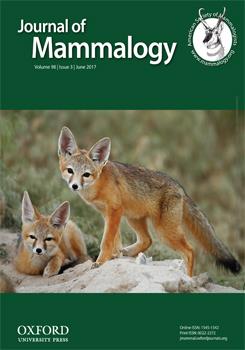Rapidly changing environmental conditions are influencing distributions of wildlife species in Alaska. Due to strict physiological requirements, the distribution of American martens (Martes americana) is theorized to be driven by changing habitat, climate, and other anthropogenic conditions. We aimed to quantify marten distributions on the Kenai Peninsula, Alaska, and compared historic and contemporary occurrence records. To illustrate changing distribution patterns, we developed predictive niche models for 2 decades and investigated patterns by relating environmental trends with predicted distributions. Museum and trapping records, supplemented by aerial videography detections for martens on the Kenai over the past century, served to train RandomForests-based niche models for 1988–2001 and 2002–2010. Change-detection analyses revealed an ongoing westward expansion of likely marten distribution on the Kenai Peninsula since at least 1988, and historic records indicated longer-term growth. Top predictors in the models included soil ecotype, landcover, distance to trails, and distance to recreation sites. Our research suggests that on the Kenai Peninsula, marten distribution is responding to a combination of landscape and climate effects that have contributed to expanding marten distributions over the past century.
How to translate text using browser tools
23 February 2017
Expansion of American marten (Martes americana) distribution in response to climate and landscape change on the Kenai Peninsula, Alaska
Andrew P. Baltensperger,
John M. Morton,
Falk Huettmann
ACCESS THE FULL ARTICLE

Journal of Mammalogy
Vol. 98 • No. 3
June 2017
Vol. 98 • No. 3
June 2017
aerial digital videography
climate change
landscape ecology
niche modeling
RandomForests
snow




